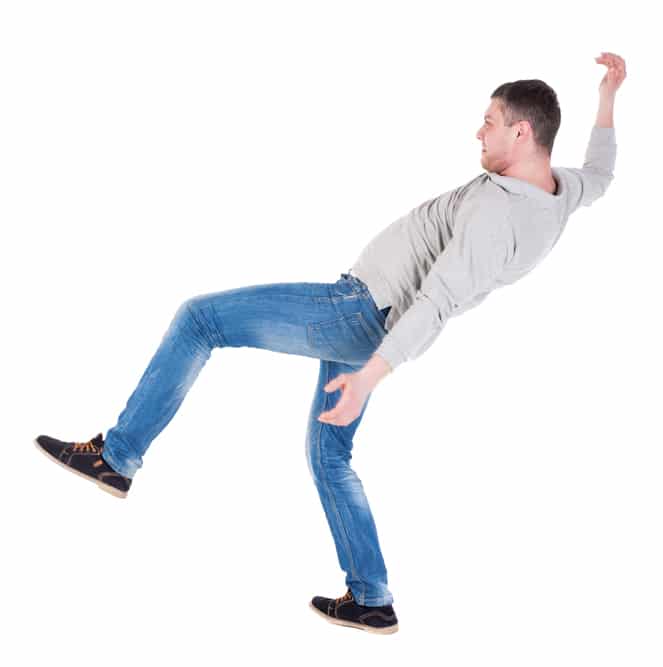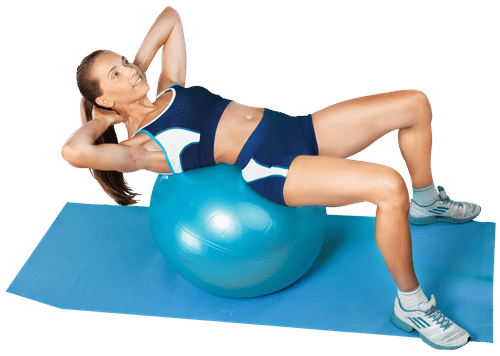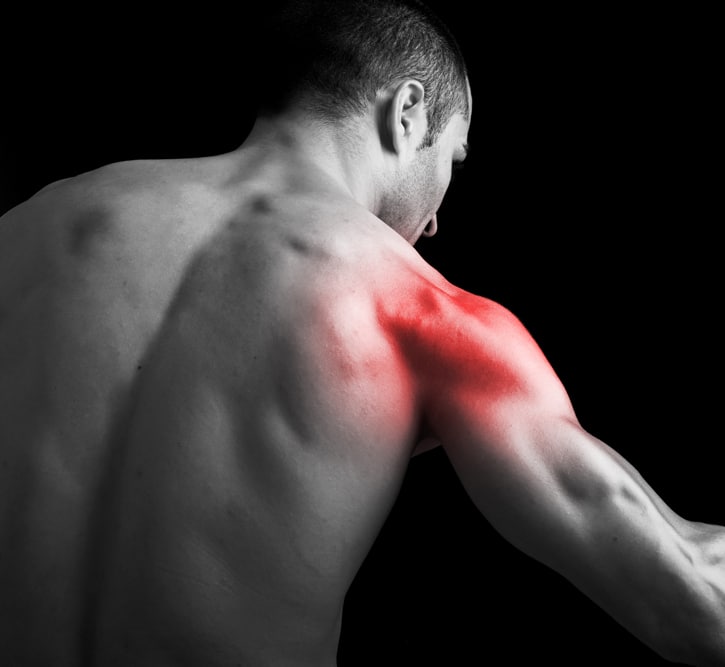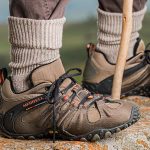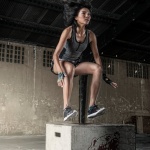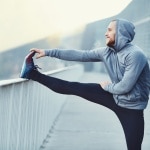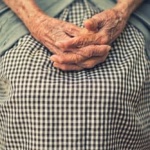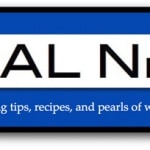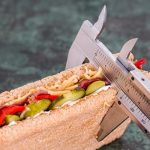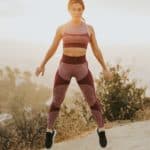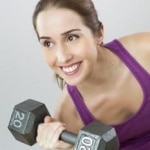
April 2017
To Sit or Not to Sit: That Is Only Part of the Question
Over the past 15 years or so, health and exercise scientists have determined that occasional or scheduled physical active ( PA ) may not confer as much cardiovascular disease (CVD) risk reduction as would be expected. The reason may be that sedentary behavior (SB) may be a risk factor over and above what your exercise may provide.
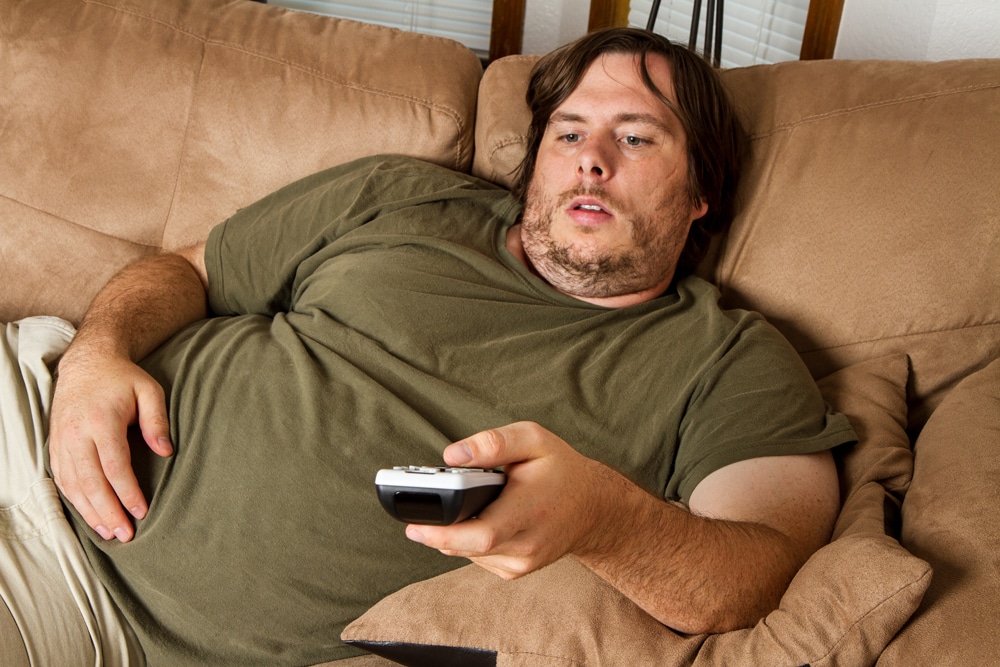
For example, an Australian study found that duration of SB is still related to CVD even in those who engage in low-, moderate- and/or vigorous- intensity PA.
Those who do more than 7 h/wk of exercise but also sit more than 7 h/day have a twofold greater risk of CV mortality compared to those who exercise the same amount but sit only 1 h/day.
Researchers have investigated what it is about sitting that is so deadly. There are high correlations between SB and increased body mass, waist circumference, and good HDL cholesterol levels, which are independent of activity levels. For those with high blood pressure, sitters tend to have higher pressures. Even nonhypertensives have a 48% increased risk of becoming so if very sedentary.
Arterial health is worse in those who sit a lot but even acute studies have found that arterial function diminishes the longer you sit, especially in the lower extremities. Studies have also found that even 2-minute breaks every 20 minutes reduces these adverse effects on vascular function.
Another component of CV health is blood sugar control. Several studies have shown that insulin resistance increases (not good) during 3-6 hours of sitting or 3-7 days of sitting. Blood lipids/fats, however, are unchanged. Insulin resistance also leads to greater oxidative stress, the kind that damages blood vessels.
Apparently regular fluxes of blood flow through arteries and veins improves their functional health. While sitting or lying down, the shear stress that is favorably related to blood vessel function is reduced. Even short bouts of movement prevent some of these reductions, sustaining the health of the veins and arteries. Also effected by SB is systemic inflammation, marked by higher levels of C-reactive protein (CRP). Healthy, lean, fit people tend to be low in CRP, while those with CVD and those who are obese tend to have higher levels of CRP.
While more study needs to be done, two rules of thumb still apply when it comes to hearth health: move more and eat better. Ultimately the most important lesson here is that PA should be done regularly, consistently and especially during long periods of sitting. Like now – put this down and get up!
ESSR Vol. 45(2): 2017
Exercise of the Month
Stability Ball Crunch
Here’s a classic. Dating back to when stability, or Swiss, balls came to the US in the early 1990s, the crunch was one of the first exercises used in both therapy and the gym.
The abdominal crunch was usually done on a flat surface. This limited the actual range of motion of the back and the anterior muscles of the abdomen could go. The floor kept you from going from a hyperextended position to a flexed one. With the ball, you could position your low back on the ball so that you could allow your head to go below grade, producing a lumbar hyperlordosis. Then you would bring the ribs toward the hips, keeping the neck neutral by cradling the head in the hands, not pulling the head toward the chest. This would permit the abs to work through their entire back-to-front range of motion.
Studies have borne out the benefits to the abs with the use of the ball. The extended range of movement along with the instability of the ball itself, which would require more abdominal and gluteal activity to stabilize, was considered more functional. To the extent our bodies do indeed move through large ranges of motion and are inherently unstable on two and especially one leg, the abdominals do have to work harder. As to whether this exercise does transfer to upright functional requirements, science has not yet determined.
Muscles Worked:
Rectus abdominis, left/right external and internal obliquus, iliopsoas, gluteus maximus and medius, hamstrings, neck flexors
Heat or Ice: The Debate Goes On
For years and years, therapists, doctors, athletes and patients have debated which thermal modality is appropriate for which type of pain or injury, and when. For the most part, it is generally agreed that you should heat the tissue prior to activity – an appropriate warm up will do that – and ice it after, to attenuate the swelling and inflammation. But that’s for healthy tissue; how about injured or postsurgical tissue?
A group of physical therapists from around the world did a joint study of 50 patients in a Southern California clinic who presented with “chronic nonspecific knee pain” – that is, pain not identified as related to a bone, cartilage, ligament or tendon injury or surgery. The patients all underwent twice a week therapy sessions for two weeks and were advised to do an hour of stretches and exercises at home each day. They were divided into two cohorts: one did the exercises as prescribed with a prescribed placebo ibuprofen while the other applied low levels of continuous heat (LLCH) for 6 hours post-homework exercises.
The results demonstrated a significant benefit to those who used the LLCH compared to the placebo+therapy group. On a pain scale of 1-100 where the higher the number the more the pain, the LLCH experienced a 23 point reduction while the other group experienced half that. Apparently the heat improved pain on a daily basis.
The LLCH group also increased strength of the affected leg by more than double what the control group benefitted. As for range of motion, the LLCH had significantly greater flexion (bending of the knee) though not much better extension compared to the controls. One of the more telling results was in home exercise compliance: the LLCH group was almost 26% more compliant than the control group. This alone may have impacted the dramatic benefits they got in strength, range of motion and pain reduction.
The customary post-injury and post-surgery prescription is to use ice or cold therapy. However, once the physical therapy begins in earnest, it may be that 8 hours of continuous low-level heat will speed healing even more.
JSCR Nov. 2016
Recipe of the Month
Sesame-crusted Tofu
(Used with permission of Mayo Foundation for Medical Education and Research (MFMER). All rights reserved. For more information go to http:// www.mayoclinic.org/healthy-lifestyle/recipes.)
Ingredients:
1 lb firm tofu, drained 1/4 tsp freshly ground black pepper
1/4 c fat-free milk 3 Tbsp plain dried bread crumbs
2 egg whites, lightly beaten 2 Tbsp white sesame seeds
1/2 tsp salt 1 Tbsp black sesame seeds
1/2 tsp sesame oil or canola oil
12 green (spring) onions, ends trimmed, cut in half crosswise, then halved again lengthwise
Directions:
1. Cut tofu crosswise into 12 slices. Place slices in a large frying pan over medium heat and cook for 5 minutes on each side. The tofu will brown slightly and lose some of its liquid. Transfer to a plate and let cool.
2. Whisk together milk, egg whites, 1/4 tsp of salt and the pepper until well blended. On a large plate, combine the bread crumbs, white and black sesame seeds, and remaining 1/4 teaspoon salt. Mix until well blended. Dip a tofu slice into the milk mixture, and then dredge in the sesame seed mixture. Dip and dredge the remaining tofu slices.
3. In a large frying pan, heat oil over medium heat. Arrange the tofu slices in the pan and cook, turning once, until lightly browned, about 3 minutes/side. Transfer to a plate and keep warm. Add the green onions to the pan and saute until they begin to brown, about 3 to 4 minutes.
4. Divide the green onions among individual plates. Top each serving with 3 tofu steaks and serve immediately.
Nutrition (per serving of 1 tofu “steak”):
Calories: 282 Protein: 23 g Carbohydrate: 14 g Total fat: 4 g Saturated fat: 2 g Monounsaturated Fat: 4 g Fiber: 5 g Sodium: 242 mg Cholesterol: trace
Tid Bits
Once a week sessions of dry needling – the use of thin acupuncture needles to “[elicit] a twitch response leading to a change in the milieu of local inflammatory parameters” – into painful trigger points has been found effective in improving muscle endurance and range of motion of professional soccer players. The benefits lasted 4 weeks beyond the treatments themselves. MSSE Feb. 2017
Astronauts have to maintain as much fitness in outer space as possible. Using a traditional head-down bed rest protocol for 60 days to simulate a no-gravity environment, a research group tested protocols designed to preserve the deeper core and lumbar spine muscles. They found that doing resisted leg presses, heel raises and a modified back bridge against a vibration platform minimized the atrophy that otherwise would occur without the added vibration or no exercise at all. If vibration exercise helped even low gravity circumstances, maybe it will help even more right here on earth. JSCR Feb. 2017
A long-disputed method of training the innermost quadriceps muscle – the vastus medialis (VMO), above and to the inside of the knee – has just gotten some new support. For years some proponents have argued that doing adduction, with a ball between the knees, while performing a squat or leg press would enhance training and timing of the VMO. Thought to be a factor in knee problems where the outer muscle – the vastus lateralis (VL) – became dominant and pulled the knee cap outward, training the VMO to be stronger and fire sooner has been a therapy goal. With adduction, the VMO fires stronger relative to the VL but regular leg presses makes it fire harder overall. JSCR FEB. 2017

